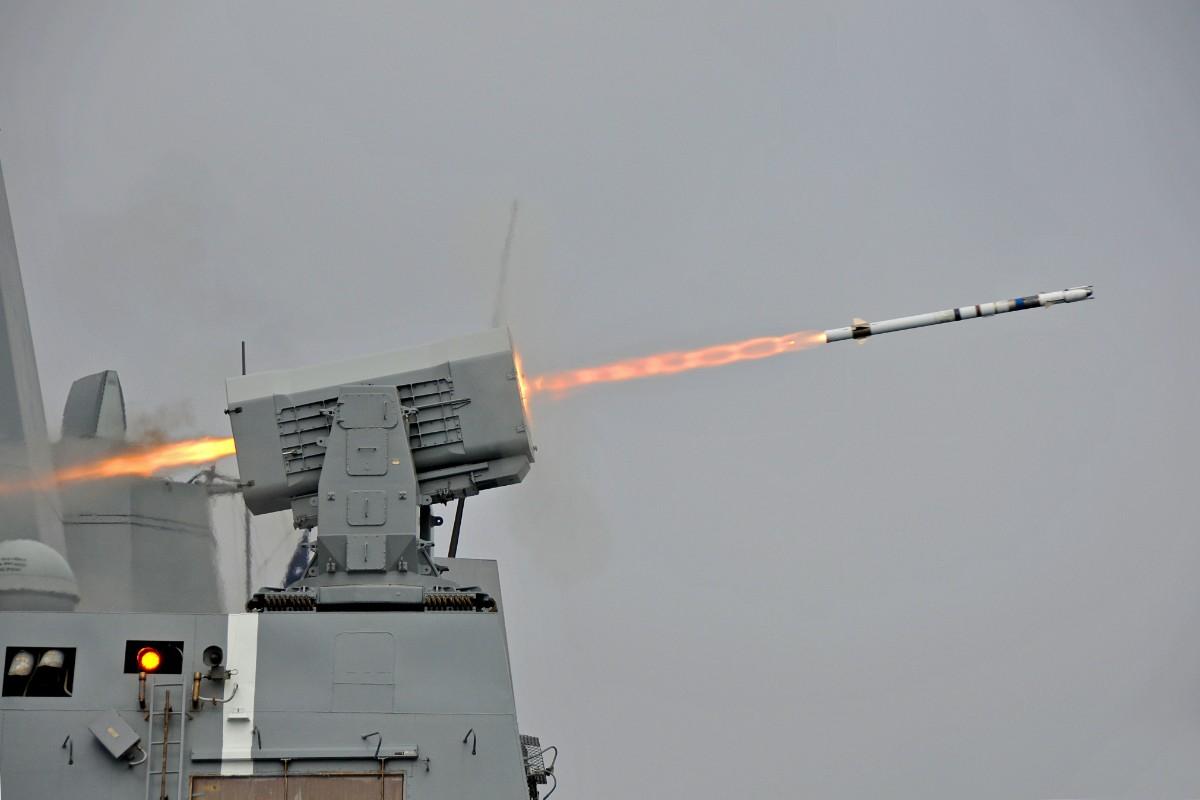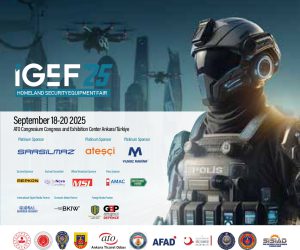International Peacebuilding Concept: An Analysis of Afganistan Conflict | Misbah Abidin
Afghanistan is a country that has experienced multiple foreign interventions. These interventions were an outcome of weak governance and the absence of sovereignty. The moment states allow foreign powers to intervene, a drastic change is to be seen among the local masses. Since a huge population lives with different ethnicities and distinguished political and social approaches, they make their way out of intervention pursuing their vested interests. The same has been experienced on Afghanistan soil for decades.
The analysis of the concept of international peacebuilding reveals that it has some merits, but criticism has a fair share as well when it comes to sustainability and practicality. First, it is a top-down approach involving higher authorities to set the agenda which is going to be implemented. The outside intervening force will decide what to do. This is one of the major concerns of the locals. It directly showcases this notion that locals are incapable of bringing peace on their land. They the outside force try to impose and implement their policies. In case of Afghanistan, it was not the demand of the majority. Only an elected group of people were in its favor. And that was mainly because it served their purpose. The intervention needs to limit the violence and look for ways that can be implemented alternatively. A week government easily falls prey and civil war can take place. There are chances that foreign intervention lacks direction and works in an opposite way promoting what they willed. That way is not a better solution. Rather, It is a challenge for peacebuilding forces.
A state like Afghanistan has a strong rigid society. It operates on some ethical moral values which are part of its versatile culture. Anything which goes against their cultural system is strictly responded to by the locals. So, the same was being done by the locals with Soviet and American forces. If they had incorporated the same locals while making, taking, and implementing decisions, the scenario would have been very different. Apart from direct intervention, there is another dimension of indirect intervention. This approach is far better and more lenient than the direct one. A sort of shift can be seen vividly. But ultimately contributed to a failure in the case of Afghanistan.
Why incorporating locals in decision-making is important? It carries implications in the execution of strategies being devised and proposed by the officials either external or internal ones. Population is an essential element of the state you can never reject its demand. They can give you power to govern them but ultimately will bring you out of that domain. Willingness of locals in state affairs holds great importance. Therefore, the leaders who ignores the locals and are weak in leadership must leave their post or sometimes state. History is full of such blunders and repetition of same mistake. Further, the nature of implemented model is of much worth in the conduct of state affairs.
In order to understand the role of international organizations like the UN, we need to consider that the year 1979 was a testing time for Afghanistan which soon ended with the disintegration of the Soviet Union in the year 1991. It was followed by another foreign intervention from the USA to counter-terrorism across the globe. It then created a worse humanitarian crisis in the state which is still there and worsening day by day.
A state of direct international peacebuilding begins with the role of actors and the elite’s decisions in international politics. They represented different dimensions of incorporating peace locally. For instance, the action strategies of the cooperation center of Afghanistan and cooperation for peace and unity introduces initiatives that should be locally driven but were then politicized. As they understand Afghani culture and what reforms should be responsible for that. But unfortunately, they did not survive their agenda at large. The agenda of peacebuilding led by international actors should revolve around stabilizing society and making peace among conflict actors. This was not actively supported by the competent authority in power domain. The community cohesion is a major component towards building peace that was highly ignored. The indirect peace approaches have been deployed within the state, but they were not successful in terms of sustainability. Further, a broad range of ethnic crisis and identity have created a challenge for international actors and a realization was developed that foreign agenda can’t survive too long as the recent took over of Taliban confirmed that. The institutional framework also needs a modification as most afghanis did not trust their in-built institutions.
Afghanistan is the most recent case that has shifted from direct intervention to indirect one with the withdrawal of foreign troops. Decades has been utilized to study the dynamics of conflicts in Afghanistan. Somehow, objectives remain the same. A five-pillar model has been discussed that needs practical application. The five sector reforms included the mode of governance either democratic or shariah based as demand by locals. Secondly, security, law and order situation in a state needs to be improved. Thirdly, economic upbringing and welfare of citizens is the need of time. Utilization of resources and funded projects should be accomplished within the given time frame. The international community should provide genuine support to the locals so that they will recover from the worst.
The conflict ended from within with a firm determination of afghanis. They have an aim, they wanted to govern themselves on their territory. A dictation from any side is not welcomed by them at all. This understanding of society is required when looking to resolve conflicts externally and internally. An agreement with outside powers would be fruitful in this regard. What foreign interventions have missed is the proper analysis of locals and their societal structures. There is not any specified model to be applied on any conflicts. Further, generalizing it on governance grounds can have no outcome. We shall support it locally, regionally, and internationally for the peace measures and initiatives taken so far. Peace will only sustain in conflicting state when it is the desired of everyone while being neutral and setting aside the word politics and its gains to be achieved later by manipulation. Internal stability is important towards achieving peace. A ray of light can be seen on Afghanistan which can empower and enlighten its domain.
About Author:
Misbah Abidin is a student of National Defence University Islamabad. She is interested in studying political dynamics and social issues.
- Global Defense Insighthttps://defensetalks.com/author/umair/
- Global Defense Insighthttps://defensetalks.com/author/umair/
- Global Defense Insighthttps://defensetalks.com/author/umair/
- Global Defense Insighthttps://defensetalks.com/author/umair/













